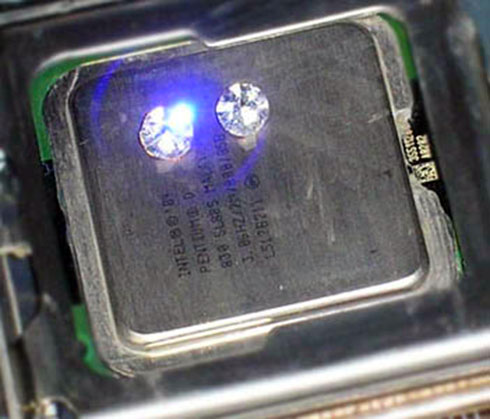
[Aaron] has been working at iweb hosting for about 5 years. When he started, the number of servers was small enough that managing them was fairly painless and could be done by just manually verifying that everything was operational. As the number of servers grew, this task became more and more difficult. They employed various methods of tracking problems, but found them all lacking in one way or another. They got an idea to build a Defcon status page based on all of the information collected about their server status. The page was built and all rejoiced. As with most projects, they just couldn’t leave it alone. Next, they built an android app to be able to see the defcon status from their phones. As cool as that was, they felt they needed to have yet another way to keep track. They What you see above is the prototype for the office defcon status display. It is extremely simple, using an Arduino (yes, we know, massive overkill) to receive status updates to change the display number. [Aaron] says that right now it is a mess, and you have to shield it from the light with your hands to see it, but it works. What should the next step be? A giant Alpha Numeric LED indicator? A nixie tube?

















